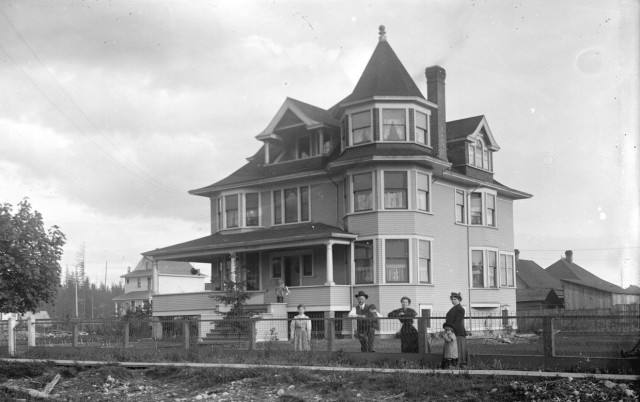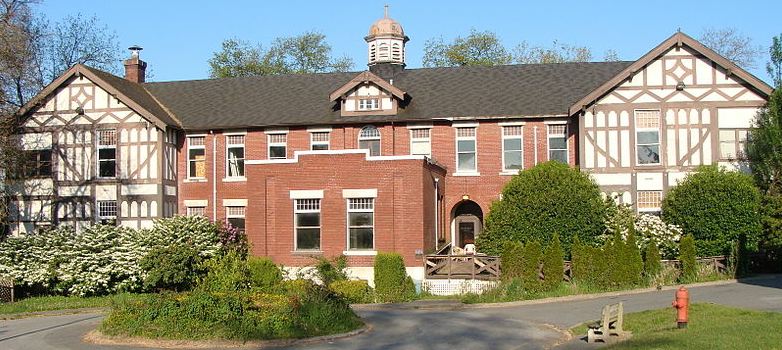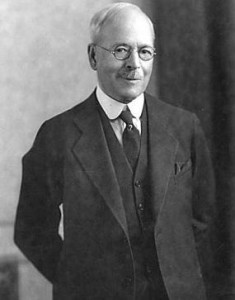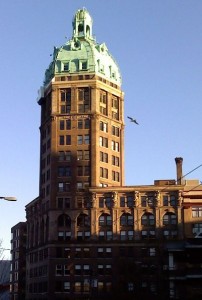
It was Anzac Day in Australia yesterday, an important national holiday back home that honours those who fought and were slaughtered at Gallipoli on April 25, 1915. I was thinking of this when John Mackie’s story in the Vancouver Sun today caught my eye. A 12-page letter written by Victor Odlum and dated May 1, 1915 had found its way to MacLeod’s Books almost a century later. In the letter, which included his hand-drawn maps, Victor wrote about the battle of Ypres which took place between April 22 and went on until the end of May.
Victor had sent the letter to his father Professor Edward Odlum via a friend to circumvent the censors. It’s a graphic account of the battle that left 2,000 Canadians dead and another 4,000 wounded.
“Four days without sleep, under too tense a strain to eat, and fighting all the time, day and night, under heavy shellfire, was trying,” wrote Odlum.

The Odlums were an interesting family. Odlum Drive in Vancouver’s Grandview area was named after Edward. According to Michael Kluckner’s Vancouver: The Way it Was, Edward helped produce the first electric light and the first public telephone in Canada while still at university. His passion was comparative ethnology and he travelled the world to study tribes in Australia and the South Pacific.
Edward built the fabulous turreted house at 1774 Grant Street around 1908.
Victor was born in 1880, fought in the Boer war at age 19, and on his return to Vancouver went to work for L.D. Taylor at the World. By 1905 he was editor-in-chief. When war broke out in 1914, Victor was in the first wave of Vancouver volunteers who went to France. Kluckner writes that he was a prominent advocate of Prohibition, and earned the nickname Pea Soup Odlum for replacing the soldiers’ rum ration with soup in the trenches.
Victor lived near his father’s house in Grandview before and on his return from WW1. He was also a financial whiz and was the Odlum behind Odlum Brown, a brokerage house founded in 1923. He bought the Vancouver Star around the same time. In the late ‘20s he traded up from his modest house at 2023 Grant Street and moved to Kitsilano. Later he and his wife moved to Rocklands at Whytecliff in West Vancouver.
In 1941 Victor was appointed High Commission to Australia. He died in 1971 aged 90.
© All rights reserved. Unless otherwise indicated, all blog content copyright Eve Lazarus.





